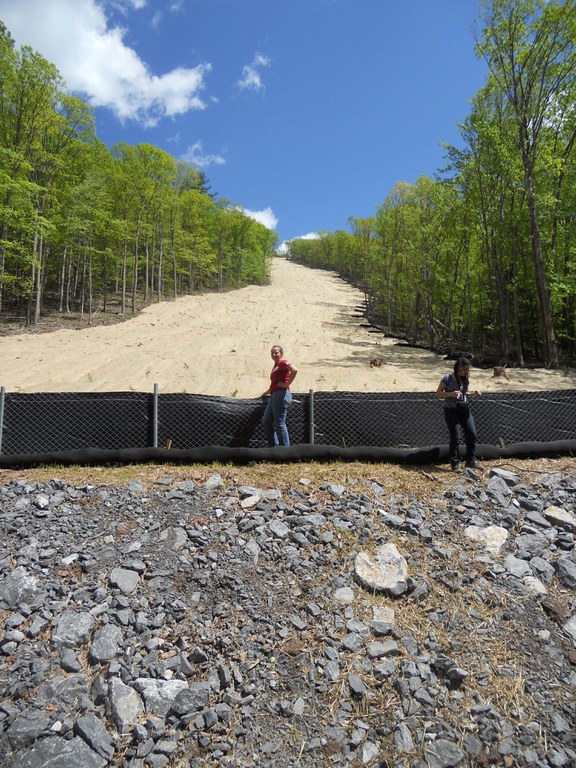Posted: April 3, 2017
Highlights: Pipelines comprised the largest portion of the shale gas industry footprint; Pipelines were the largest contributor to the fragmentation of core forest; Loss of core forest was double on private land compared to public land; Methods to consolidate pipelines with other infrastructure should be used; New pads should be placed near existing pipelines to reduce further fragmentation.
Abstract
Large, continuous forest provides critical habitat for some species of forest dependent wildlife. The rapid expansion of shale gas development within the northern Appalachians results in direct loss of such habitat at well sites, pipelines, and access roads; however the resulting habitat fragmentation surrounding such areas may be of greater importance. Previous research has suggested that infrastructure supporting gas development is the driver for habitat loss, but knowledge of what specific infrastructure affects habitat is limited by a lack of spatial tracking of infrastructure development in different land uses. We used high-resolution aerial imagery, land cover data, and well point data to quantify shale gas development across four time periods (2010, 2012, 2014, 2016), including: the number of wells permitted, drilled, and producing gas (a measure of pipeline development); land use change; and forest fragmentation on both private and public land. As of April 2016, the majority of shale gas development was located on private land (74% of constructed well pads); however, the number of wells drilled per pad was lower on private compared to public land (3.5 and 5.4, respectively). Loss of core forest was more than double on private than public land (4.3 and 2.0%, respectively), which likely results from better management practices implemented on public land. Pipelines were by far the largest contributor to the fragmentation of core forest due to shale gas development. Forecasting future land use change resulting from gas development suggests that the greatest loss of core forest will occur with pads constructed farthest from pre-existing pipelines (new pipelines must be built to connect pads) and in areas with greater amounts of core forest. To reduce future fragmentation, our results suggest new pads should be placed near pre-existing pipelines and methods to consolidate pipelines with other infrastructure should be used. Without these mitigation practices, we will continue to lose core forest as a result of new pipelines and infrastructure particularly on private land.


